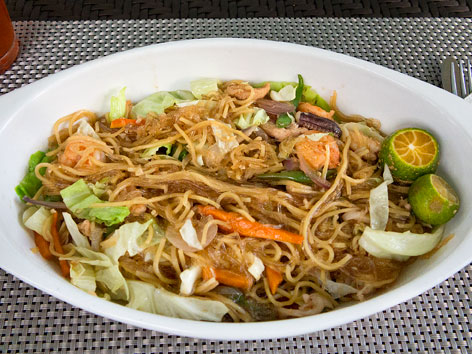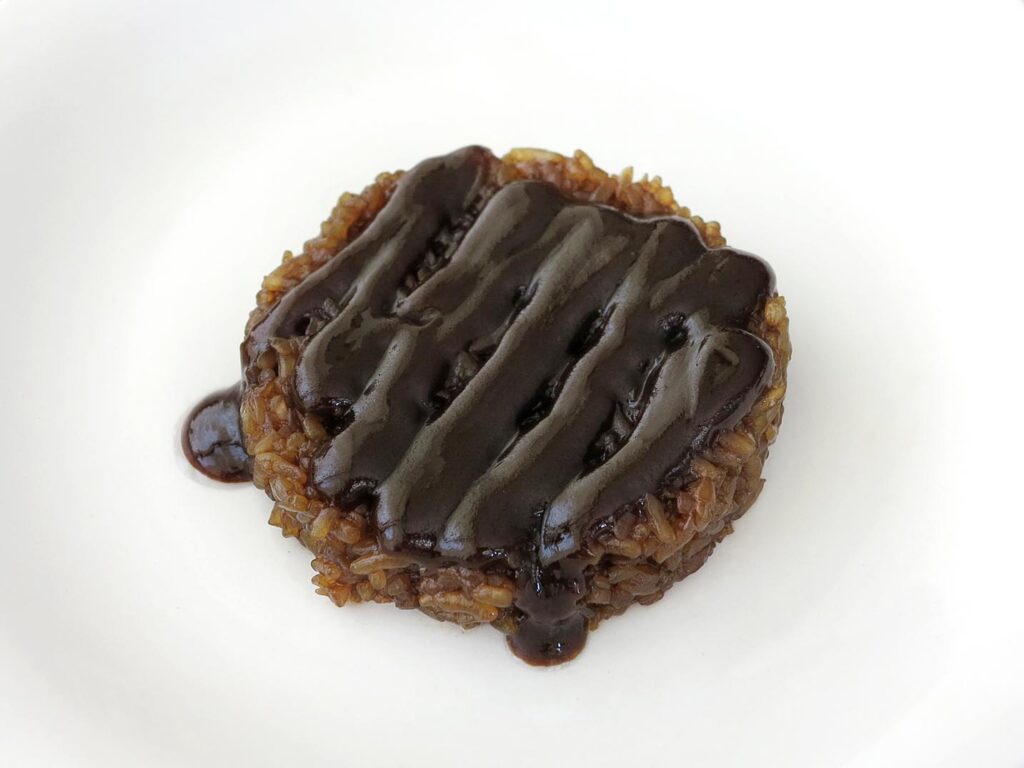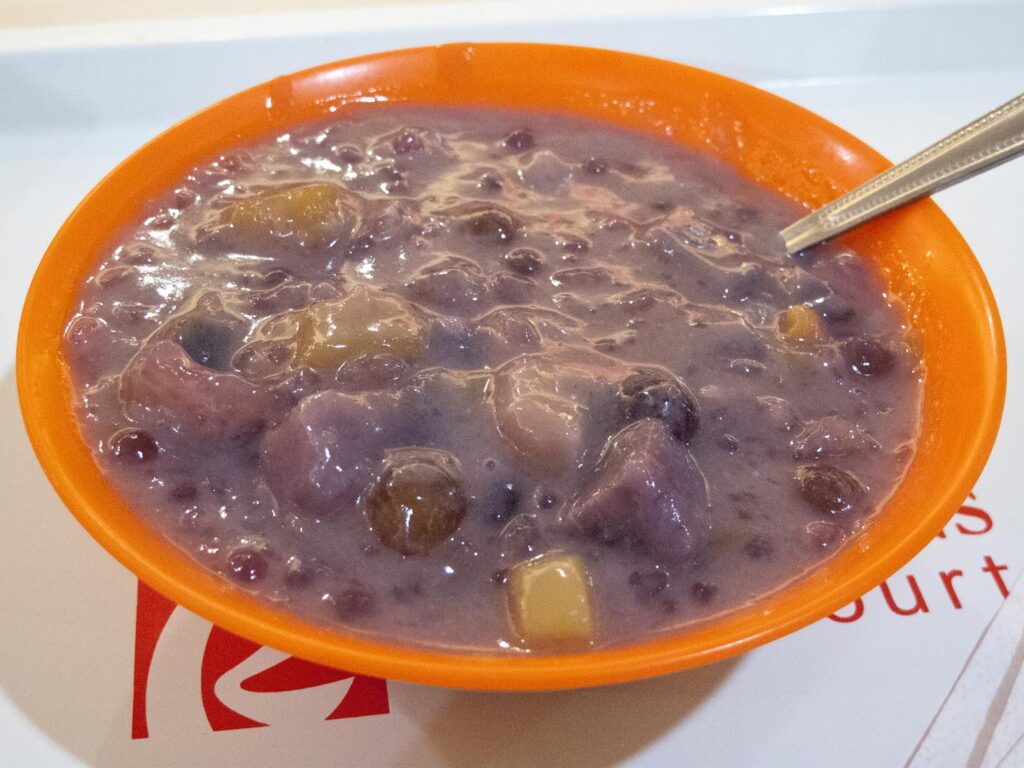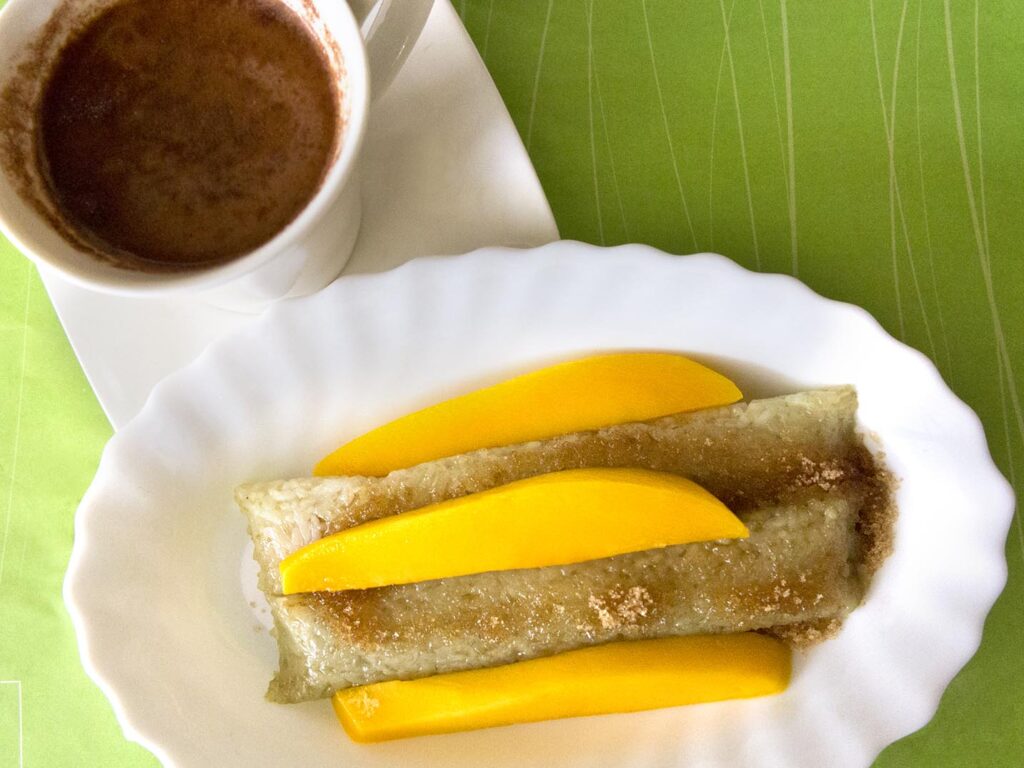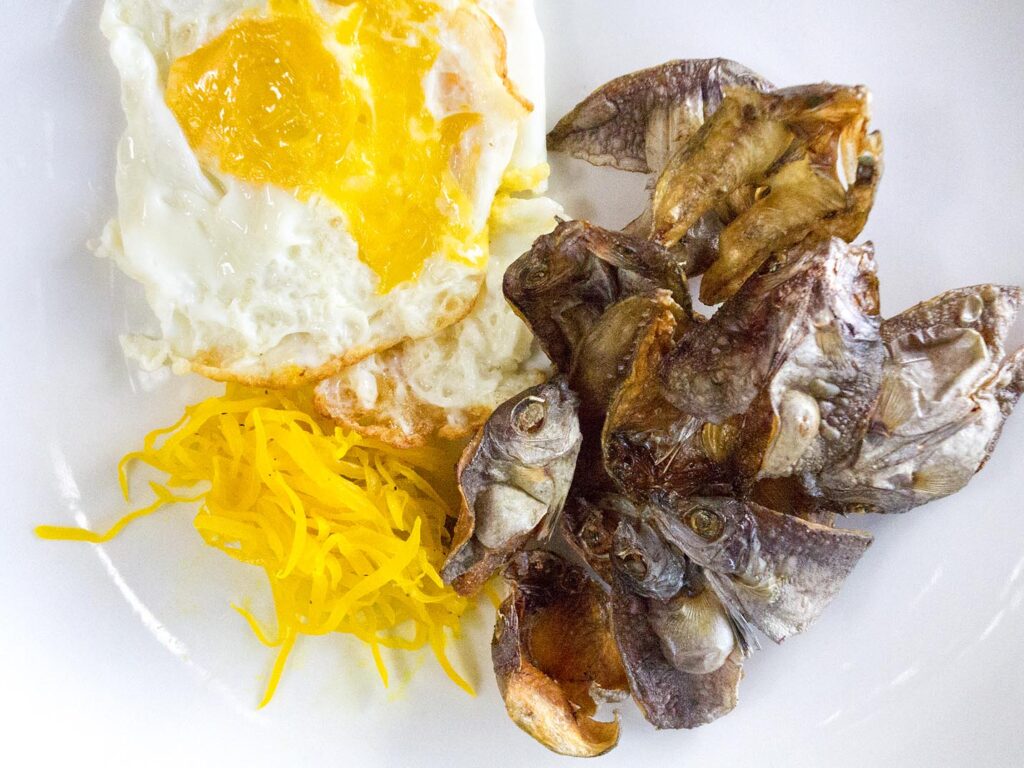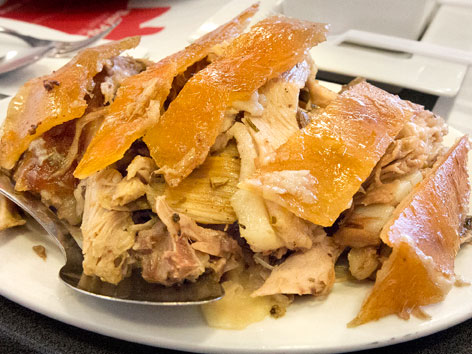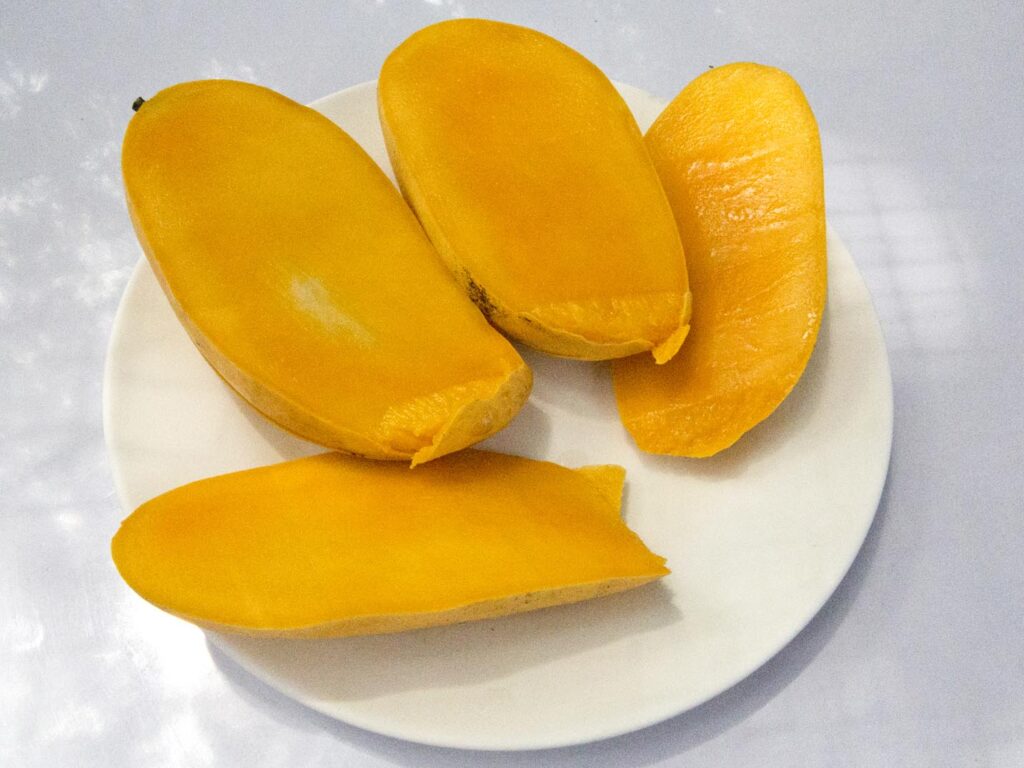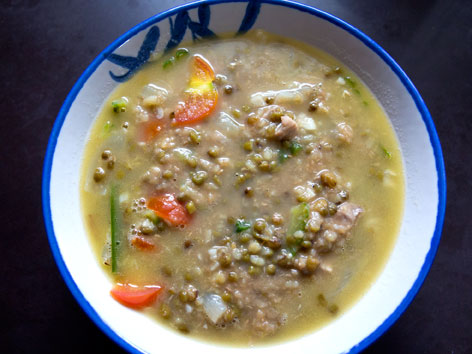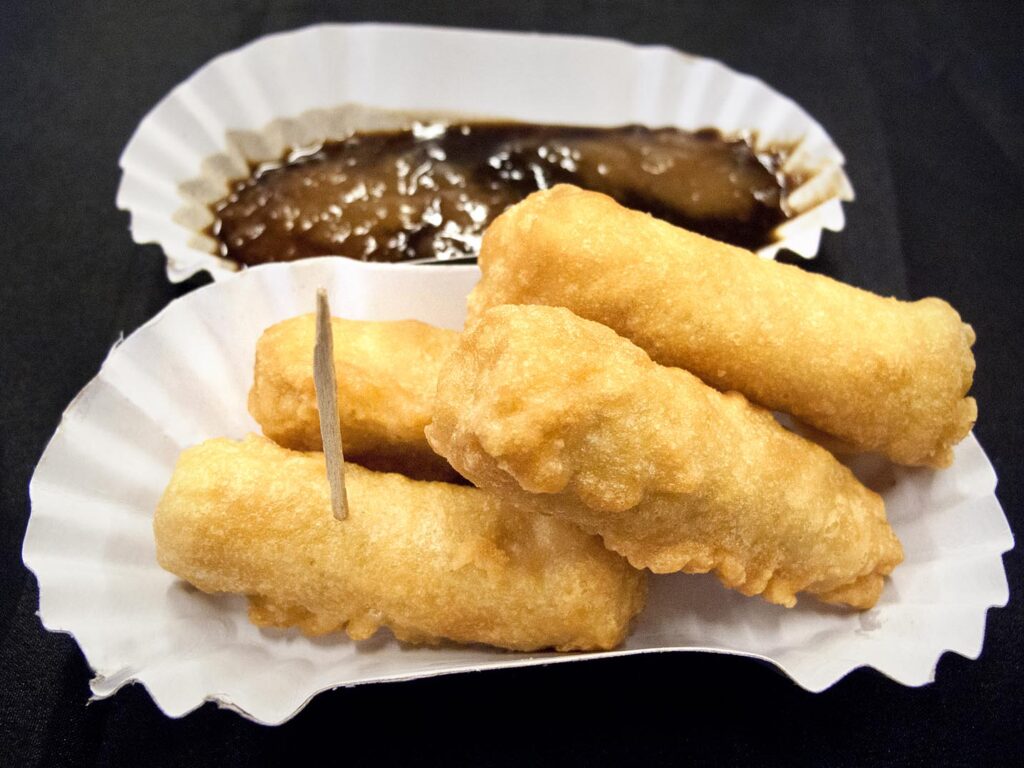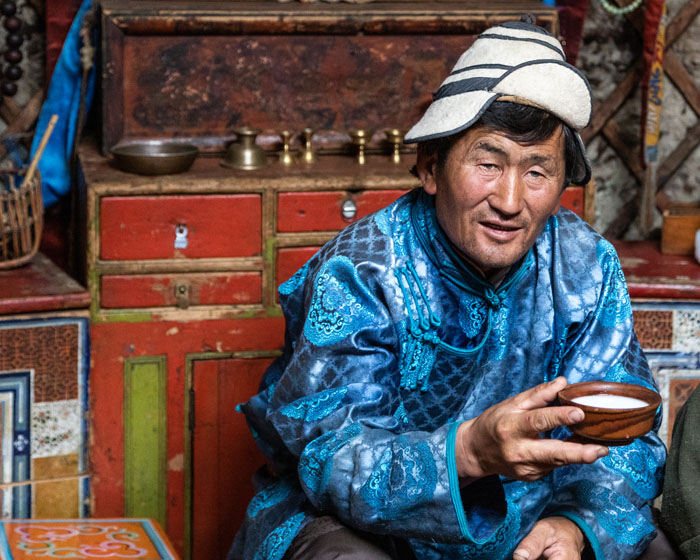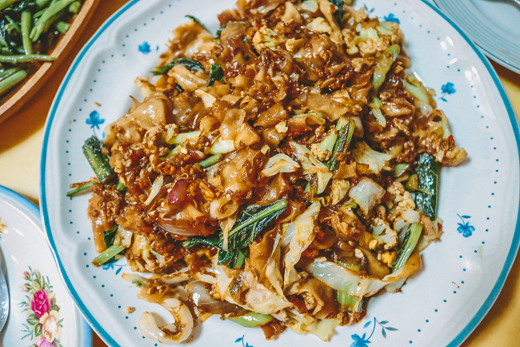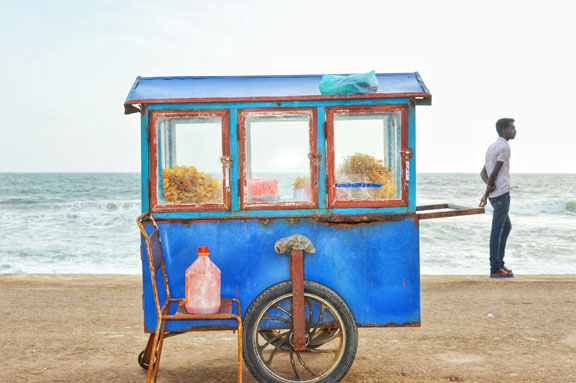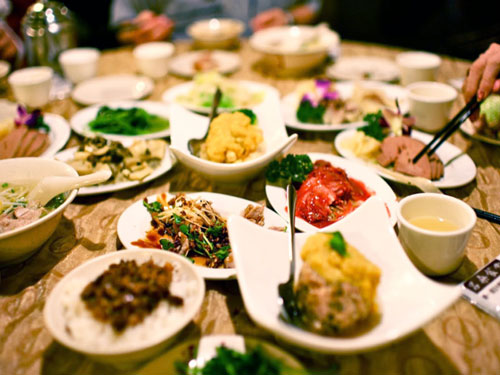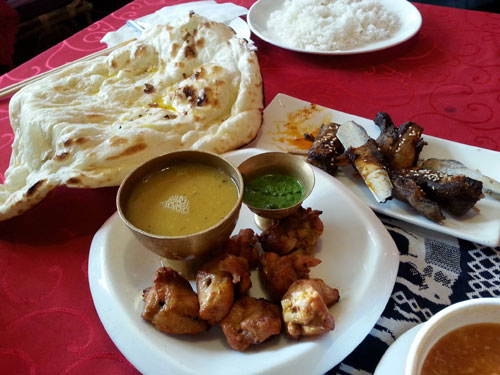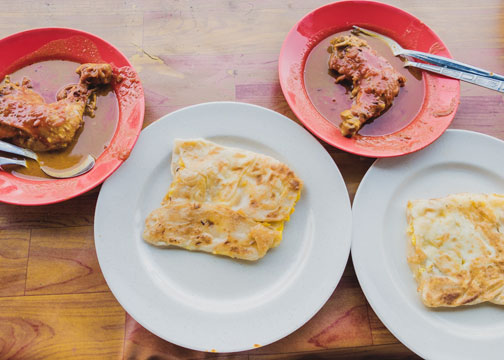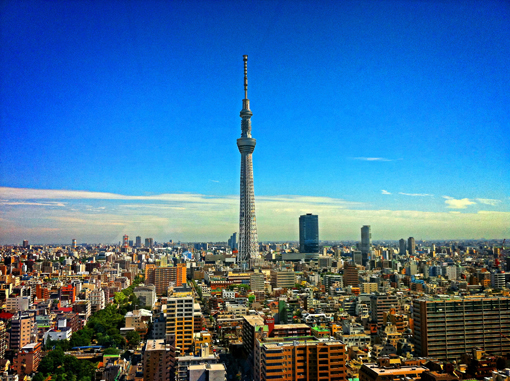Located in the center of the 7,107 islands that make up the Philippines, Cebu (“se-boo”) is a tropical playground disguised as a business hub…or is it the other way around? Cebu the island—the province and cosmopolitan capital city share the same name as well—is 251 km long (156 miles) and just 46km (28.8 miles) at its widest, so travelers for pleasure or business have everything close by: white-sand beaches, exclusive five-star resorts, a bustling business district, world-class dive sites, important historical landmarks, shopping malls and food courts (ahem). Of course, visitors here are horribly spoiled for choice when it comes to nature and the outdoors—but we’d say the same for the wide range of delicious local food reflecting Cebu’s diverse background.
A brief recap: Zubu, or Sugbo—Cebu’s ancient name—is believed to have been part of ancient Indonesian and Indian empires when the Spanish conquistadores came along, in 1521 (Cebu was the first Spanish settlement in the Philippines). Many of Cebu’s (and the Philippines’) traditional food items and cooking styles are thus shared with those Asian neighbors; centuries of (pre-colonial) trade with China have long left their mark as well, with beloved dishes that Cebuanos have come to claim as their own. While the Spanish colonizers were thrown out after 300 years of rule, Cebu’s gastronomic landscape remains heavily colored by fruits, vegetables, and cooking skills from Europe and the New World, the latter largely due to the Galleon trade (1565-1815).
Read More

